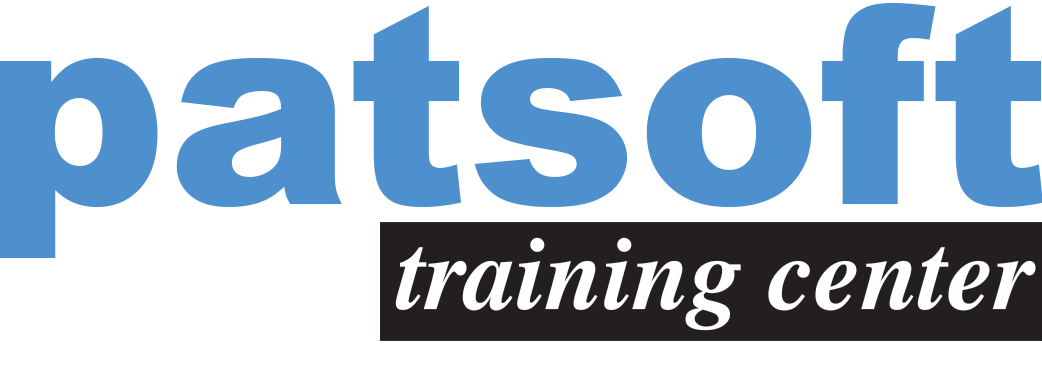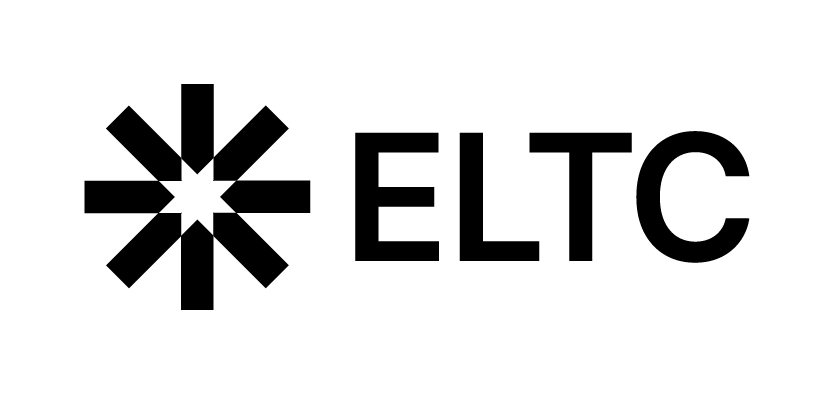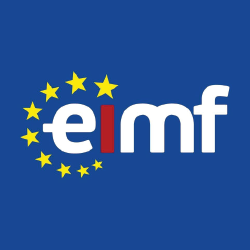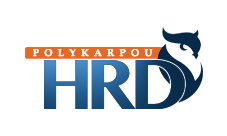

Visual Merchandising για Μικρομεσαίες Επιχειρήσεις...
Σκοπός του προγράμματος είναι να δώσει στους καταρτιζόμενους τις γνώσεις και δεξιότητες ώστε να εφαρμόζουν τεχνικές Visual Merchandising αποτελεσματικά, ώστε να...
13/01/2026 08:30
12.00 ώρες (2 μέρες)
Ελληνικά
Επιχορηγημένο-ΑνΑΔ
Live Online


MO-200 - Microsoft Excel Basic...
Microsoft Excel is one of the major workhorses in the Microsoft 365 suite of applications and arguably the most widely used 365 products. A solid understanding ...
13/01/2026 09:00
18.00 ώρες (3 μέρες)
Ελληνικά
Επιχορηγημένο-ΑνΑΔ
Live Online


Anti-Money Laundering (AML) Compliance in the Betting Industry in Cypr...
This specialized course provides a comprehensive overview of Anti-Money Laundering (AML) practices in the betting industry, with a focus on the legal framework ...
13/01/2026 10:00
10.00 ώρες (5 μέρες)
Αγγλικά
Επιχορηγημένο-ΑνΑΔ
Live Online


CySEC Certification Examination Preparation Course (Advanced, Basic)...
With a proven track record, the highly successful EIMF CySEC examination preparation course offers an in-depth coverage of all the required material, preparing ...
13/01/2026 15:15
32.00 ώρες (8 μέρες)
Αγγλικά
Επιχορηγημένο-ΑνΑΔ
Live Online


Εκπαιδευτής Διά Βίου Μάθησης ΣΕΠ/CYQF/EQF...
Το πρόγραμμα "Εκπαιδευτής Δια Βίου Μάθησης ΣΕΠ/CYQF/EQF" στοχεύει στην προετοιμασία επαγγελματιών για την απόκτηση του επαγγελματικού προσόντος του Εκπαιδευτή Δ...
13/01/2026 17:00
84.00 ώρες (20 μέρες)
Ελληνικά
Επιχορηγημένο-ΑνΑΔ
Μικτή Εκπαίδευση


Εκπαιδευτής Διά Βίου Μάθησης Επίπεδο ΣΕΠ CYQF - EQF 5...
Επίπεδο Πλαισίου Προσόντων Κύπρου (CYQF) / Ευρωπαϊκού Πλαισίου Προσόντων (EQF): Επίπεδο 5 Ανακαλύψτε τον κόσμο της διά βίου μάθησης και αναπτύξτε τις δεξιότη...
13/01/2026 18:00
90.00 ώρες (27 μέρες)
Ελληνικά
Επιχορηγημένο-ΑνΑΔ
Μικτή Εκπαίδευση


Internal Vocational Trainer...
Training includes the identification of training needs at the organisation level, the design of training programmes/units, the implementation and evaluation of ...
14/01/2026 08:30
14.00 ώρες (2 μέρες)
Αγγλικά
Επιχορηγημένο-ΑνΑΔ
Columbia Hotel Academy


Managing Housekeeping Operations (Limassol)...
Αυτό το πρόγραμμα απευθύνεται σε υποψήφιους επαγγελματίες που επιθυμούν να αποκτήσουν μια γερή βάση δεξιοτήτων στην ξενοδοχειακή βιομηχανία και να αποκτήσουν το...
14/01/2026 09:00
49.00 ώρες (7 μέρες)
Ελληνικά
Επιχορηγημένο-ΑνΑΔ
CHEI (Λεμεσός)

 Ελληνικά
Ελληνικά  English
English



